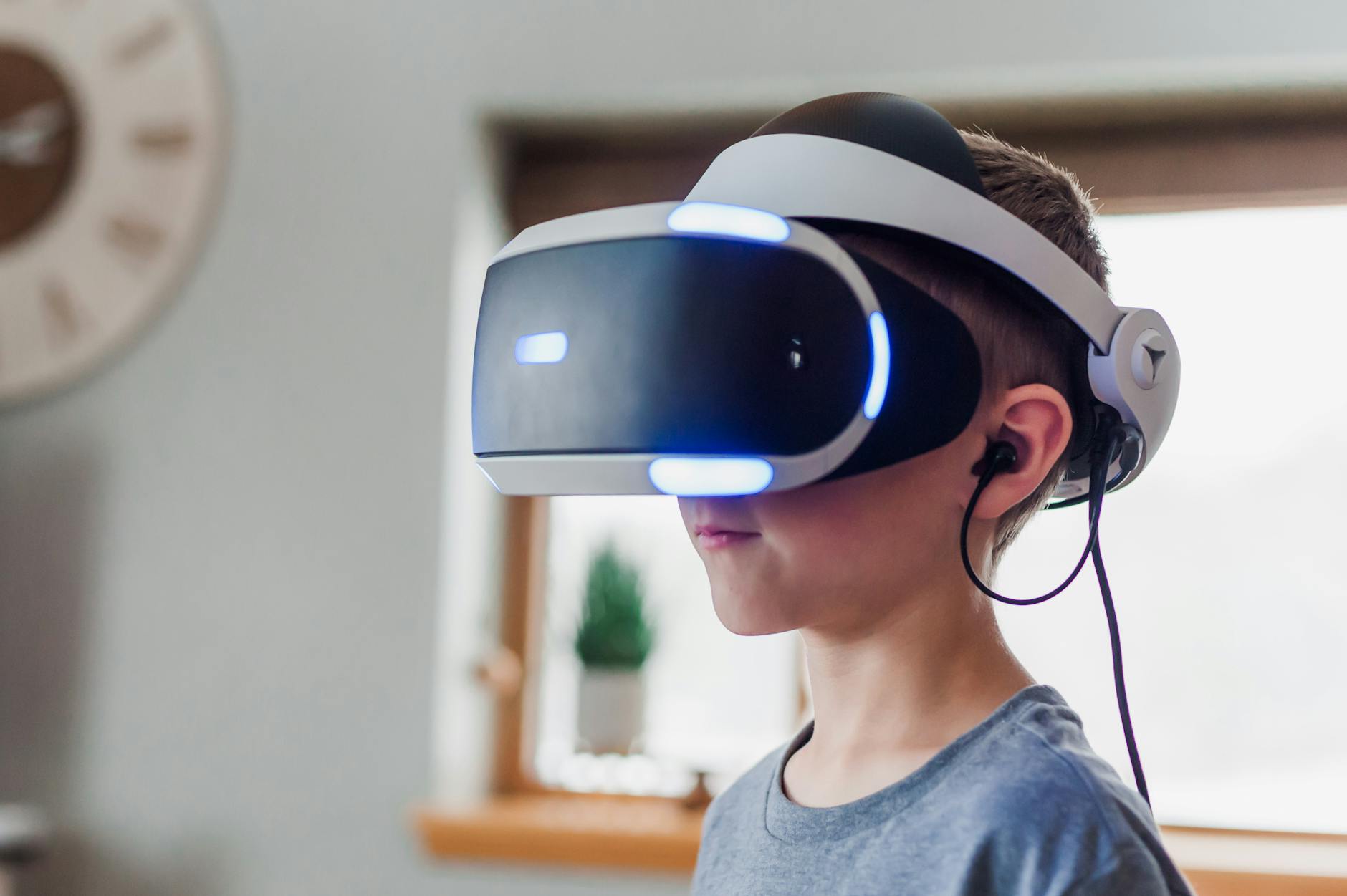The landscape of education is undergoing a seismic shift, thanks to the advent and integration of Educational Technology (EdTech). This transformation is reshaping how teachers teach, students learn, and how educational institutions operate. From digital classrooms to interactive learning tools, EdTech is not just a fleeting trend but a fundamental change in the educational paradigm.
The Digital Classroom Revolution
One of the most significant changes brought about by EdTech is the digital classroom. Traditional chalk-and-talk methods are being supplemented, and sometimes replaced, by digital tools and platforms. Interactive whiteboards, online resources, and educational apps have made learning more engaging and accessible. Students can learn at their own pace, revisit difficult concepts, and access a wealth of information right at their fingertips.
Personalized Learning Experiences
Educational Technology (EdTech) has revolutionized learning by enabling personalized educational experiences. Adaptive learning systems analyze students’ performance and learning patterns, adjusting the curriculum to suit individual needs and learning styles. This approach ensures that students engage with material at their own pace, focusing on areas needing improvement while advancing through subjects they grasp quickly. Personalized learning not only caters to different learning abilities but also fosters a deeper understanding and retention of knowledge. It marks a significant shift from the one-size-fits-all model, ensuring that each student receives an education tailored to their unique abilities and interests.
Enhanced Collaboration and Interactivity
EdTech has transformed education into a more collaborative and interactive experience. Digital platforms like Google Classroom and Microsoft Teams enable students to work together seamlessly, irrespective of their physical location. These tools facilitate group projects, discussions, and peer-to-peer learning, enhancing the collective educational experience. The interactive nature of these platforms also allows teachers to provide real-time feedback and support, fostering a more dynamic and engaging learning environment. This shift towards collaborative learning prepares students for the interconnected world, emphasizing teamwork and communication skills.
Gamification of Education
Gamification in education integrates game-design elements into learning, making it more engaging and motivating. This approach uses educational games, simulations, and interactive quizzes to transform traditional learning content into interactive experiences. It enhances student engagement by adding elements of fun and competition, often leading to higher retention rates and a more enjoyable learning process. Gamification also encourages active participation and problem-solving, making education not just informative but also enjoyable, catering to various learning styles and preferences.
The Role of Big Data and Analytics
Big Data and analytics play a pivotal role in modern education by offering deep insights into student learning patterns and performance. These tools help educators tailor their teaching methods and content to better meet students’ needs. Analyzing trends and results from student data, teachers can identify areas of strength and weakness, customize learning experiences, and enhance educational outcomes. This data-driven approach not only personalizes education but also aids in developing more effective teaching strategies and improving overall educational quality.
Virtual and Augmented Reality in Learning
Virtual Reality (VR) and Augmented Reality (AR) are providing immersive learning experiences that were unimaginable a few years ago. These technologies allow students to explore virtual worlds, conduct scientific experiments, and understand complex concepts in a highly interactive and engaging environment.
The Integration of EdTech in STEM Education
STEM (Science, Technology, Engineering, and Mathematics) education has greatly benefited from the integration of EdTech. Tools like 3d printers for schools are revolutionizing how students learn about engineering and design. They provide hands-on experience and a deeper understanding of the design and manufacturing process.
Challenges and Considerations
While EdTech offers numerous benefits, it’s not without challenges. The digital divide is a significant issue, with students in underprivileged areas having limited access to technology. There’s also the challenge of ensuring that technology enhances rather than distracts from learning. Educators need to be trained to effectively integrate technology into their teaching methods.
Preparing for a Digital Future
As we move forward, it’s clear that technology will play an even more significant role in education. Schools and educational institutions must prepare for this digital future by investing in technology and training educators. They also need to focus on developing students’ digital literacy skills, which are essential in today’s technology-driven world.
Conclusion
EdTech is not just changing the face of education; it’s redefining it. The shift to a more interactive, personalized, and data-driven education system is preparing students for the challenges of the 21st century. By embracing technology, educators are not only enhancing learning experiences but are also equipping students with the skills they need to succeed in a rapidly evolving digital world.



Hi, you’ve identified some very interesting points. What are your thoughts about the rapid growth of AI and its impact on the educational technology?
LikeLike